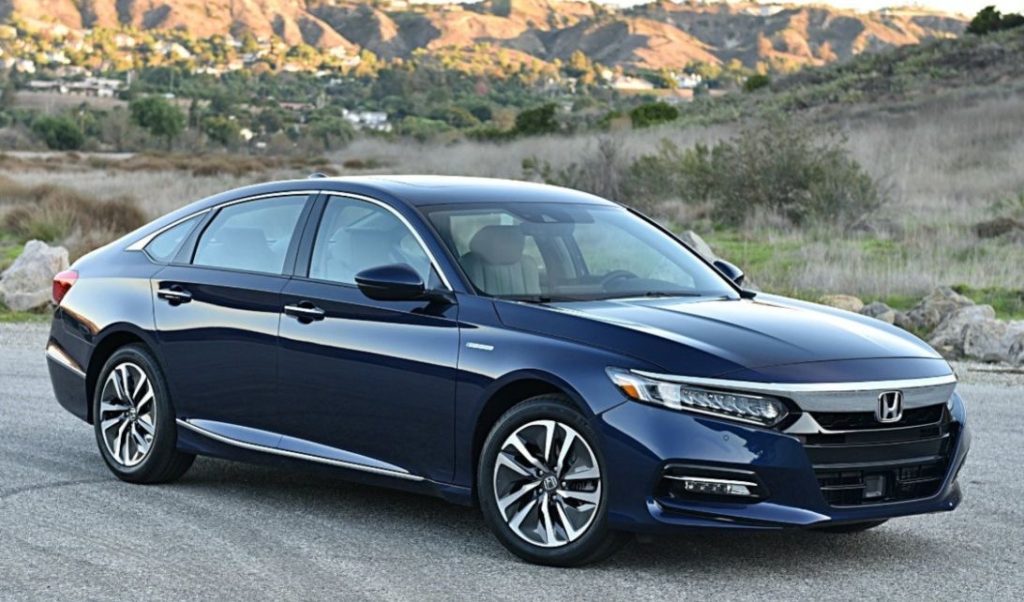Honda kicks off its EV production revolution. For 75 years, the famous Japanese car company usually made big changes to its manufacturing process in Japan first. However, this time, a new way of making cars is being introduced in a place that might be shocking: Ohio.
Honda is spending over $1 billion to upgrade its factories in Ohio, increasing its investment from an earlier plan of $700 million. One of the biggest upgrades is the addition of six “giga presses,” a technology that Tesla made famous. These massive machines help build cars more efficiently. Honda is also introducing a new system for making electric vehicle (EV) battery cases.
Ohio: Honda‘s New Location for Production
After Honda kicks off an its EV production revolution in Ohio, the state became the company’s main location for electric vehicle production. This EV production includes a separate $3.5 billion battery factory. The company’s Marysville Auto Plant can now build gas-powered, hybrid, and fully electric cars on the same assembly line.
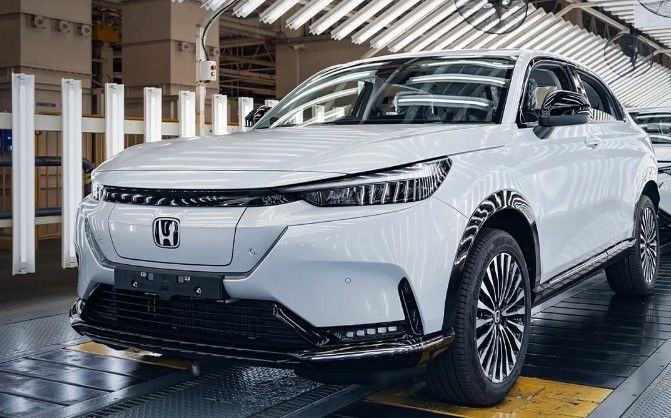
Mike Fischer, the North American lead for Honda’s battery-electric vehicle projects, released a statement. He said Ohio will set the example for how Honda builds EVs worldwide. The goal is to perfect the process in Ohio and then expand it to other locations.
Usually, big changes like this would start in Japan before spreading to other countries. However, Honda is doing things differently this time.
Honda first announced these Ohio investments in 2022. It was a part of the U.S. government’s efforts to bring more manufacturing jobs back to the country. These investments are especially important now since President Donald Trump announced his new tariff increase plans.
ALSO READ: Saudi Arabia Commits to $100 Billion Investment in Mining with a ‘Fast and Furious’ Approach
Honda’s Car Production in the U.S. and Its Move Toward Electric Vehicles
In 2024, Honda built over 1 million cars in the United States at five factories. About 64% of these cars were sold in the U.S., while the rest were shipped to other countries. The company also has one assembly plant in Mexico.
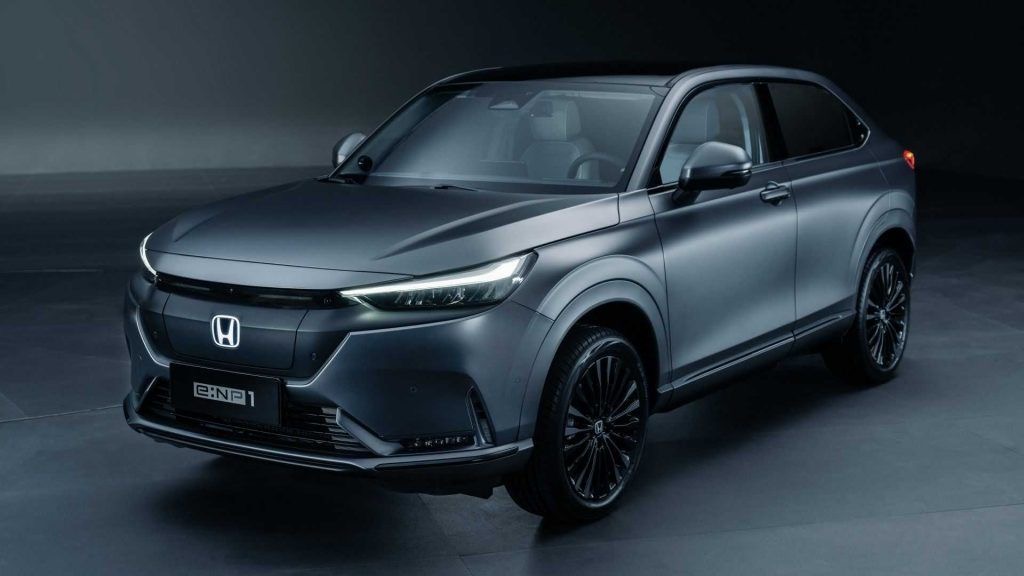
One of Honda’s biggest factories is in Marysville, in central Ohio, outside Columbus. Once completed, this factory will be able to produce about 220,000 cars per year. Right now, it builds different Honda and Acura models. Later this year, it will start making the Acura RSX, an all-electric crossover. This will be the first electric vehicle (EV) Honda will make itself.
Honda started investing in electric cars very late compared to other car companies. Right now, it sells two all-electric models in the U.S.: the Honda Prologue and the Acura ZDX. However, these vehicles are actually made by General Motors in Mexico.
After the new Acura crossover, Honda plans to release two more electric vehicles: the Honda 0 SUV and the Honda 0 Saloon. These were recently introduced at the CES technology event in Las Vegas.
Honda’s Electric Car Battery Production
Honda will make battery packs for its new electric cars at its engine complex in Anna, Ohio. This factory, which started as a small building in 1985, is now the biggest engine facility in the world, covering more than 2.8 million square feet.
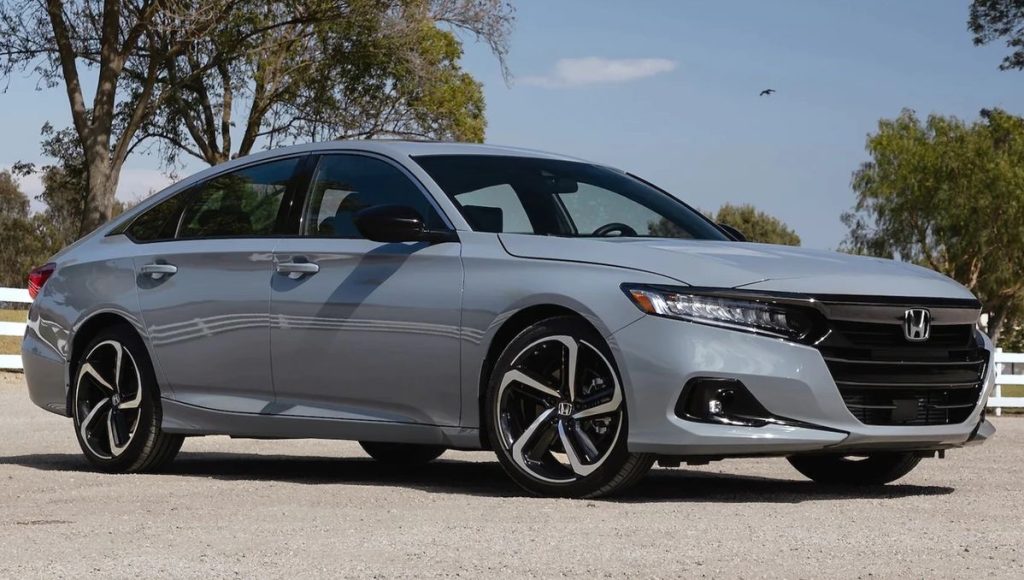
Tim Stroh, the project leader for the EV battery case, made a statement. He said Honda is developing a new way to produce aluminum parts. The company aims to use this technology for other products and factories worldwide.
In order to build these battery packs and other electric car parts, Honda will install six huge machines. Each machine weighs as much as a small house. These machines use extreme pressure to shape metal parts in a process called “gigacasting.” Tesla also uses this process. Right now, Honda’s machines in Ohio press with up to 3,500 tons of force, but these new ones will go up to 6,000 tons.
According to S&P Global Mobility, gigacasting could make production cheaper by allowing Honda to create large car sections in one piece. It is more efficient than welding many smaller parts together.
Once the battery packs are made, they will be sent from the Anna factory to Marysville and other locations. Battery cells from Honda’s partnership with LG Energy Solution will be added at these locations.
At Marysville, Honda is changing how it assembles these battery packs. Instead of using a traditional moving assembly line, they set up nearly 60 separate work zones. This way, if one area has a problem, the entire production process won’t slow down.
ALSO READ: Tesla Electric Semi Truck Battery Ignites in Crash, Releasing Toxic Fumes in California
“Second Founding” for Honda
Honda calls its shift to electric vehicles (EVs) and fuel cell technology its “second founding.” Even though people’s switch to EVs in the U.S. is not as quick as expected, Honda is sticking to its goal of zero negative environmental impact by 2050.
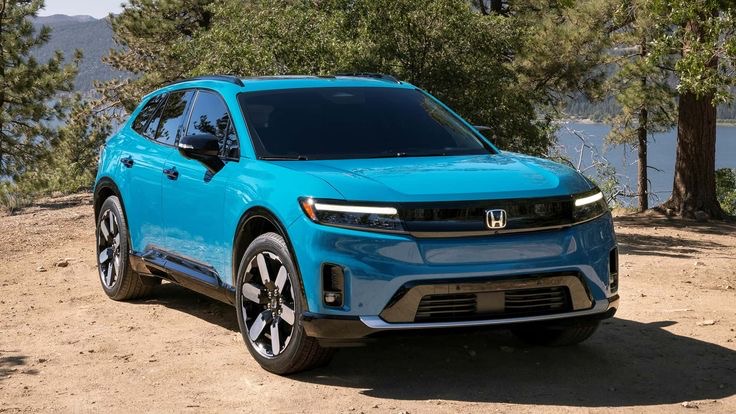
To achieve this, Honda focuses on three key areas: reducing carbon emissions, using clean energy, and efficiently recycling materials. By 2040, the company wants to sell only zero-emission vehicles. While some other car companies have slowed or backed away from these goals, Honda is moving forward.
Honda is upgrading its Ohio factories to build cars that create less waste and pollution. For example, Honda is developing a type of aluminum for EV batteries that can be recycled and reused.
Bob Schwyn, senior vice president of Honda Development and Manufacturing of America, says the company is rethinking how it makes cars. Honda kicks off EV production revolution because it wants to be more responsible for the environment. To this end, it ensures that old Honda cars can be broken down and reused to build new ones, which are essential materials for EV batteries. The idea is to keep making new Hondas from old ones, reducing waste and protecting natural resources.

